47+ SAMPLE Educational Strategic Plan
-
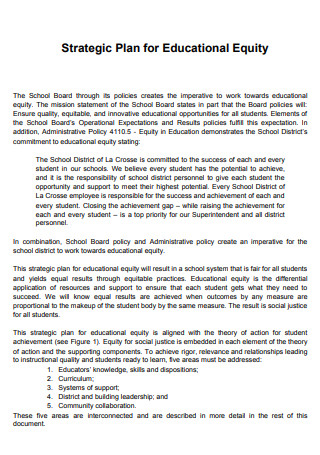
Educational Equity Strategic Plan
download now -
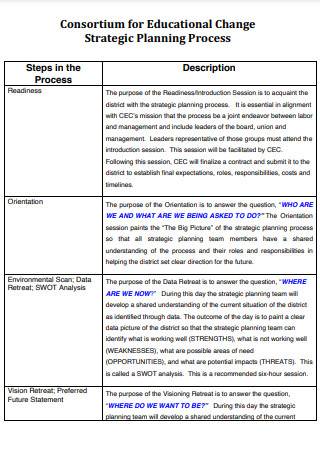
Educational Change Strategic Plan
download now -
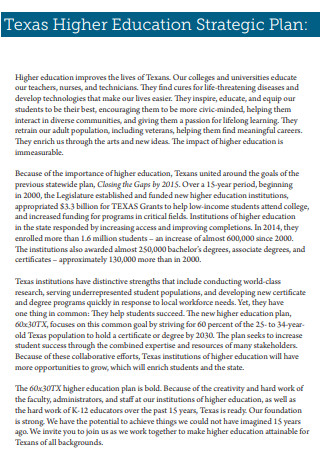
Higher Education Strategic Plan
download now -

State Board of Education Strategic Plan
download now -
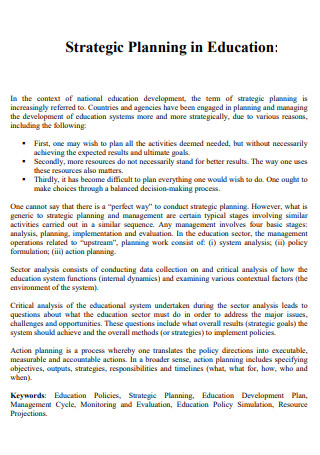
Education Strategic Planning
download now -
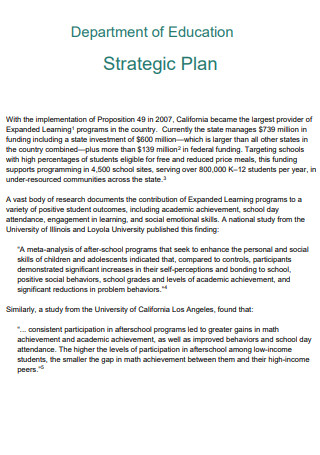
Department of Education Strategic Planning
download now -

Framework for Education Strategic Plan
download now -
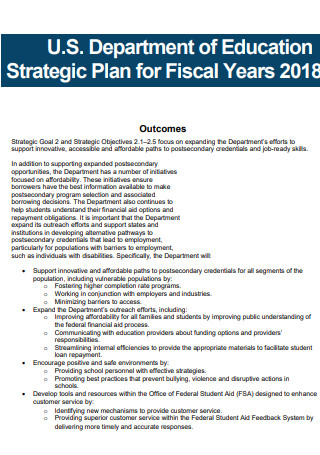
Department of Education Strategic Plan
download now -
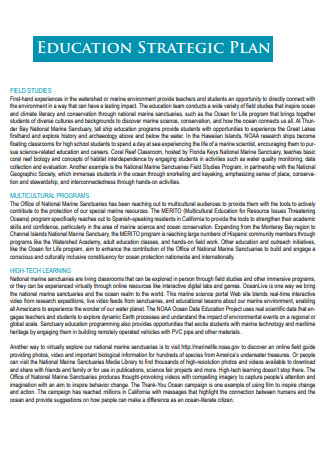
Education Strategic Plan
download now -
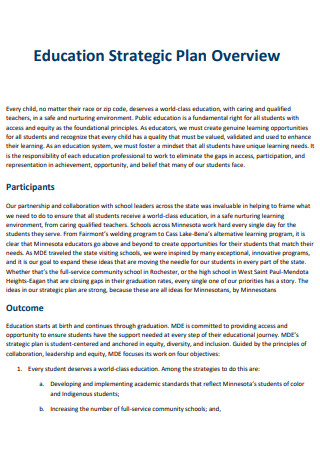
Education Strategic Plan Overview
download now -
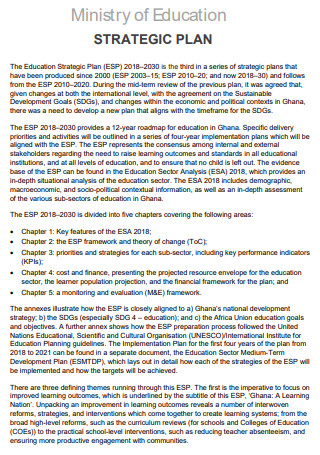
Ministry of Education Strategic Plan
download now -
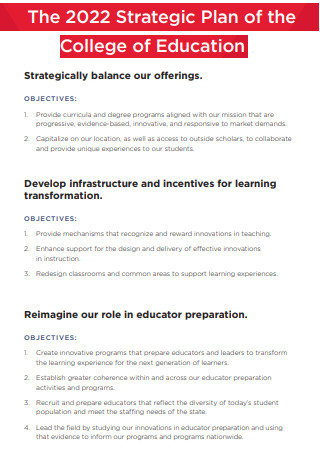
College of Education Strategic Plan
download now -
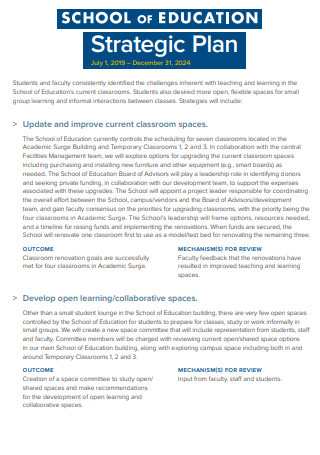
School of Education Strategic Plan
download now -

Sample Education Strategic Plan
download now -
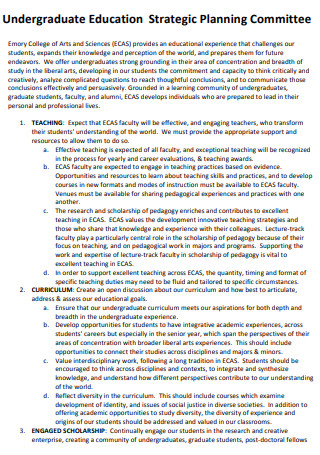
Undergraduate Education Strategic Plan
download now -

Educational Master Strategic Plan
download now -
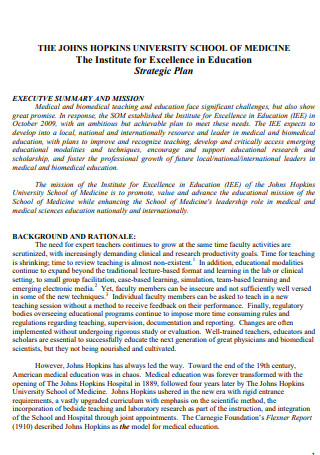
Institute for Excellence in Education Strategic Plan
download now -
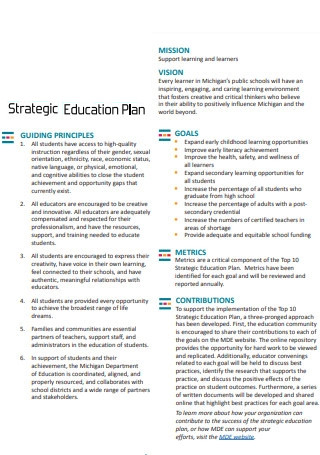
Editable Strategic Education
download now -
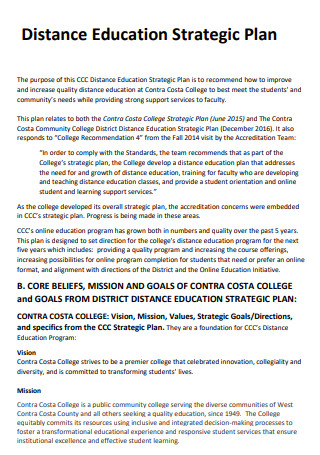
Distance Education Strategic Plan
download now -
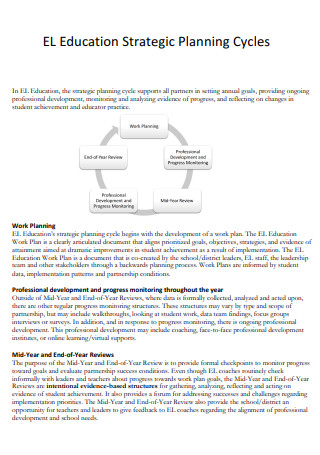
Education Strategic Planning Cycles
download now -
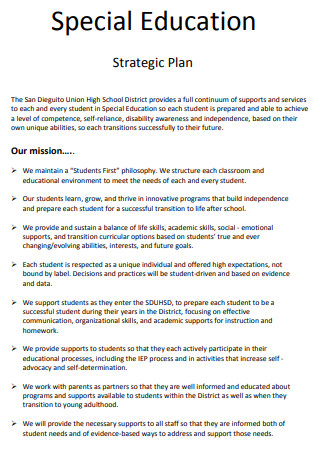
Special Education Strategic Plan
download now -
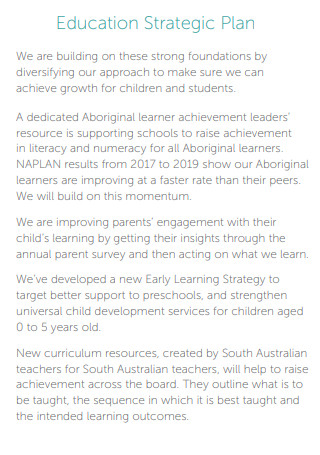
Basic Education Strategic Plan
download now -
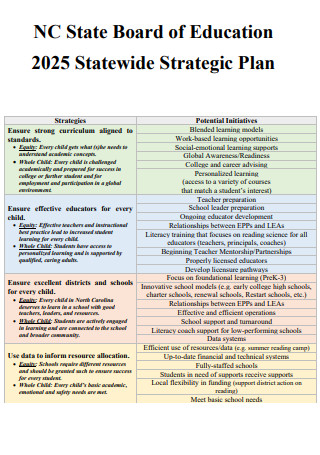
Education Statewide Strategic Plan
download now -
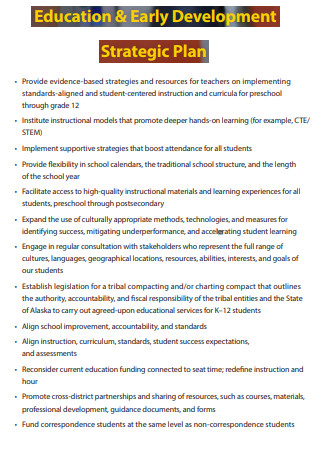
Education And Early Development Strategic Plan
download now -
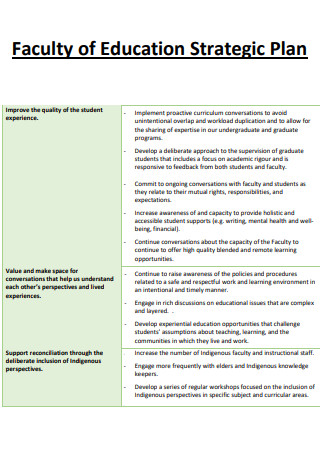
Faculty of Education Strategic Plan
download now -
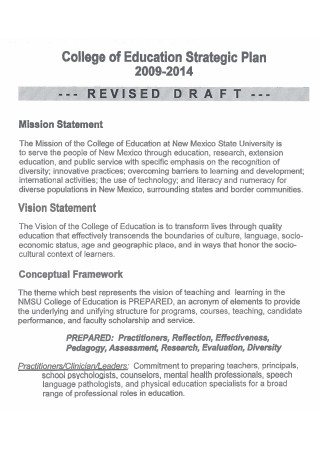
College of Education Shared Governance Strategic Plan
download now -
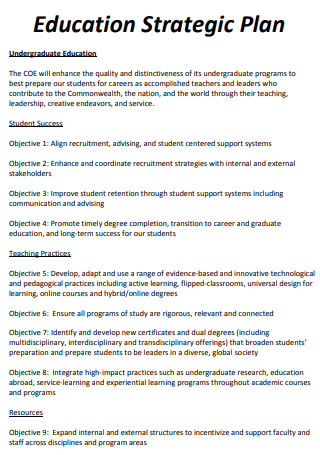
Standard Educational Strategic Plan
download now -
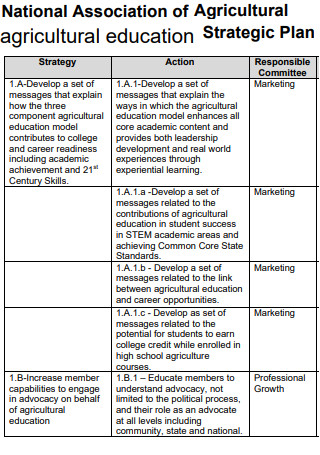
National Association of Agricultural Education Strategic Plan
download now -
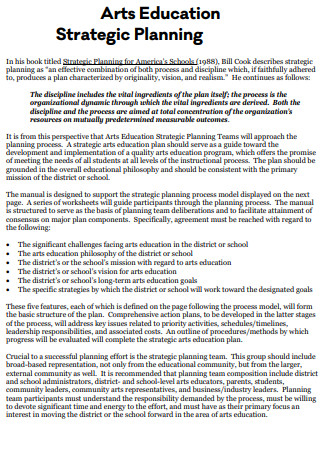
Arts Education Strategic Planning
download now -
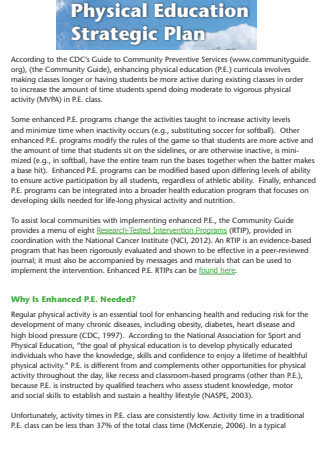
Enhanced Physical Education Strategic Plan
download now -

Department of Special Education Strategic Plan
download now -
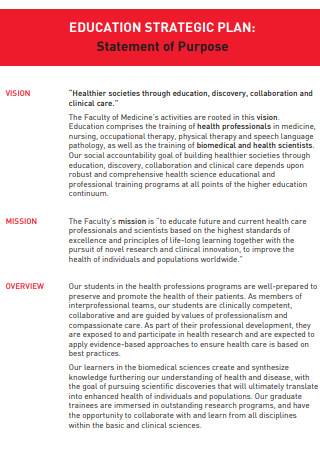
Formal Education Strategic Plan
download now -
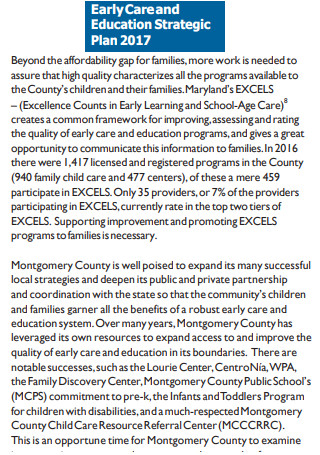
Early Care and Education Strategic Plan
download now -
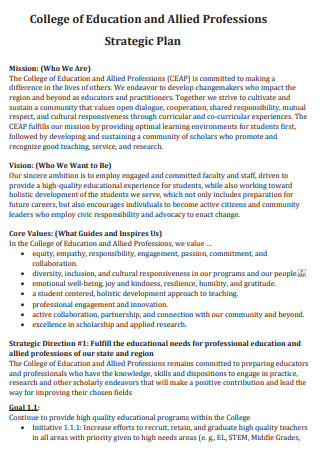
College of Education and Allied Professions Strategic Plan
download now -
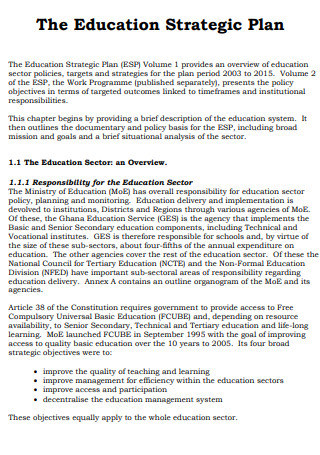
Educational Strategic Plan Example
download now -
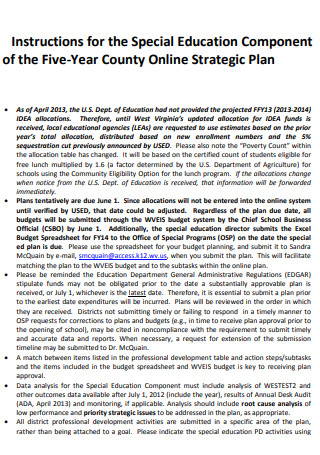
Five Year Online Strategic Plan Special Education
download now -

Educational Foundation Strategic Plan
download now -
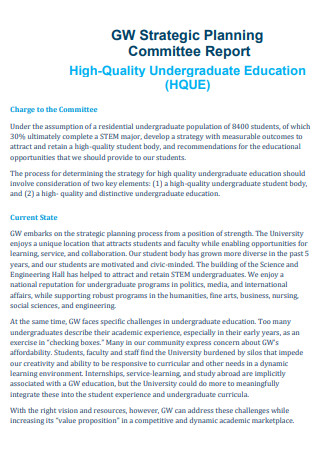
High-Quality Undergraduate Education Strategic Plan
download now -
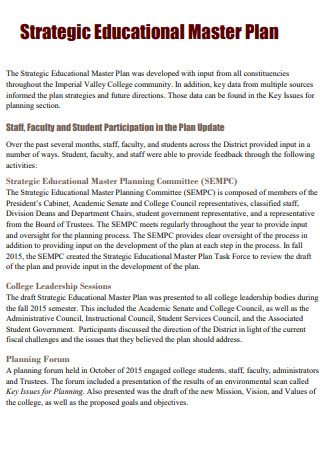
Strategic Educational Master Plan
download now -
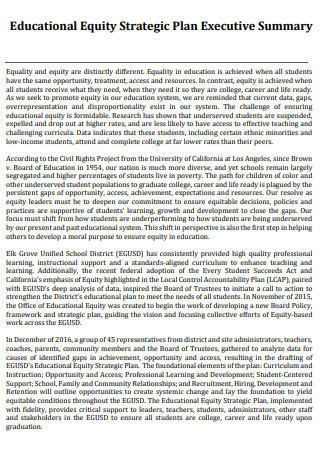
Educational Equity Strategic Plan Executive Summary
download now -

Early Childhood Care and Education Strategic Plan
download now -
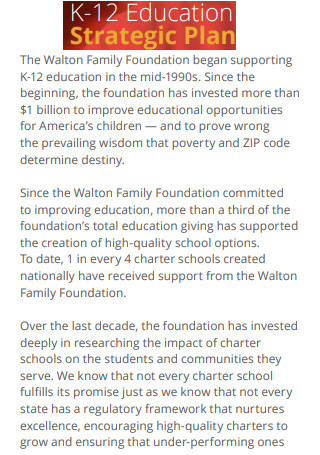
K-12 Education Strategic Plan
download now -
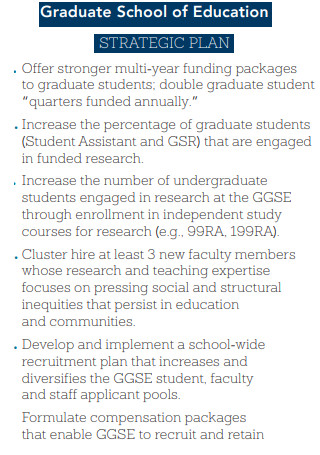
Graduate School of Education Strategic Plan
download now -
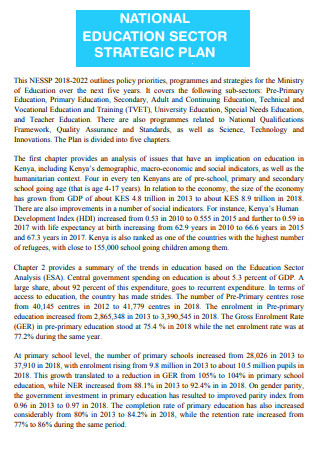
National Education Sector Strategic Plan
download now -

Education Strategic Plan in PDF
download now -
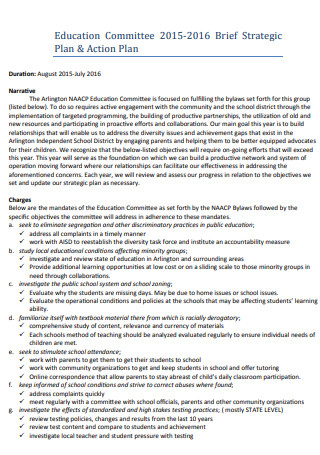
Education Committee Brief Strategic Action Plan
download now -

Education Mission Strategic Plan
download now -

Tribal Nations Education Committee Strategic Planning
download now
FREE Educational Strategic Plan s to Download
47+ SAMPLE Educational Strategic Plan
Educational Strategic Plan: What Is It About?
4 Reasons Why Strategic Planning in Education is Important
Creating an Effective Educational Strategic Plan
FAQs
What are the other positive effects of an educational strategic plan?
What are the elements that make up an effective educational strategic plan?
What are the four basic stages commonly included in an educational strategic plan?
Educational Strategic Plan: What Is It About?
An Educational Strategic Plan refers to that documented planning process used in the education system to achieve time-bound goals in the teaching and learning system. It lays out its purpose for the strategic planning, as well as helps to identify existing educational processes that needs to be developed, changed, or improved. Not to be confused with a business strategy or a sales strategy whose goals are financial success and sustainability, the educational strategic plan is a one of a kind planning process with the core goal of student educational achievement in mind.
Strategic planning is more than just lesson plans, charts, and excel spreadsheets. The planning involves identifying what specific objectives the school wants to achieve when it comes to their students’ or to the school’s success. This generally entails an ongoing communication between all stakeholders, and making sure that everyone is aligned with the same understanding of the intent behind the goal. An effective and successful educational strategic planning requires proper time management, proper funding and resources, and the appropriate skills and qualifications of people on board during the implementation process. To ensure further its success, the planning should be thorough, measurable, flexible, and should cover all possible tasks, roles and responsibilities by all parties involved.
4 Reasons Why Strategic Planning in Education is Important
The common denominator why schools are successful is because they all have an effective, working strategic plan. Everybody’s on board in accomplishing the school’s objectives, mission and vision. A school without a mission is like someone on a desert without a map leading to the nearest waterhole. No one wants to wander around aimlessly. In fact, no one wants to send their children to a school without a clear vision of how they want their student learners to turn out. Whatever a student turns out to be in the future is a representation and a reflection of their educational background. Here are four reasons why strategic planning is important in the education system.
Creating an Effective Educational Strategic Plan
Focus and cooperation are the key values that make up an effective educational strategic plan. Since the strategic plan serves as a roadmap towards that direction that the school plans to go through, all stakeholders should cooperate and should have the same understanding of what was the intention behind the school’s strategic planning. Most importantly, an educational strategic plan should be consistent and future-focused. The results of the planning must have a long term impact that can affect the next set of students over the years. Creating an effective educational strategic plan with that kind of impact shouldn’t be that daunting. A strategic plan comes in many formats, but to make one, here are some of the common steps or items found in an educational strategic plan.
Step 1: Defining the School’s Culture and Values
Give a brief background about the school and on what the culture and values it is founded upon. A school culture usually refers to the perceptions, characteristics, whether written or unwritten, that served as part of the school’s foundation. Ideally, a school culture should be diverse and inclusive. Example of a school culture statement goes, “The relationship between school staff and students are characterized by cooperation, trust, and respect.” A school value is a core belief that is shared by everyone within the school community. An example of school values are service, responsibility, kindness, respect, leadership, and so on. Starting the planning by stating the school’s culture and values sets the overall tone of the strategic plan.
Step 2: Mission and Vision Statements
Next step is to write down the strategic plan’s mission and vision statement. The mission statement describes the reason for the formation of the educational strategic plan, what the purpose is, and/or what is the overall intention. An example of a school strategic plan mission statement could be: “To aid and enable the students to reach their highest academic achievement capacity.” The vision statement should describe what the strategic planning hopes to achieve within a given time period, usually in the long term. It gives a vision of the outcome of the planning steps, what the school and its students will be after the plan’s implementation. An example of a vision statement is: “To be able to produce within five years time graduates who are productive, responsible, and job ready and confident to face the challenges of the working industry.”
Step 3: Analyzing the Current Situation
This is the part where you give an analysis of the current educational system that the school belongs to. To help you do that, you can do the SWOT analysis. SWOT refers to Strengths, Weaknesses, Opportunities, and Threats currently found within the school system. Strengths are those unique and positive attributes that made the school stand out from the rest. Weaknesses are those attributes, quality or features that the school needs to improve upon, such as lack of funding or resources, not enough educational material or tools for teaching, lack of support coming from the school community, and so on. Opportunities refers to those factors that the school can take advantage of in further improving and developing their system, such as using social media or digital learning apps as a teaching platform, et cetera. Threats are those factors that can cause harm or have a negative impact on the school strategic planning, such as new local mandates disallowing the use of social media or phones within the school, uncooperative and frequent complaining parents, et cetera.
Step 4: Developing and Executing Action Plans
Now you can start preparing your action plans. Your action plans should be aligned with your school’s culture and values, as well as with the mission and vision statement. Your action steps could either be in an itemized format where you list them down one by one, or you could create a flowchart to show the progression of the actions. An example of an action plan would be to hire more teachers who are skill-specific or who have a specific set of qualifications to a particular subject matter. If your goal is to improve your students’ mathematics subject rating, your strategic action step is to hire more teachers who have a degree in mathematics. Another example is when you want to improve your students’ overall academic performance, especially those who are averaging with low scores, an action plan is having after school tutoring programs or teaching action plans to help the students catch up and improve their grades.
Step 5: Monitoring and Evaluating the Progress
Make sure to always leave room for monitoring and evaluating the progress of the strategic plans. Since the plans are time-bound, the monitoring process will give you an idea how far or near you are from reaching your goals. Check if the plans are proving to be effective, or if there are any improvements or changes to the current school’s situations. Make some changes or revision, as necessary. If you observe that there are no improvements ever since the plan has been put into place, you could start making some changes by creating more aggressive strategic action plans. This monitoring process could also help determine if there are any support or resources that are needed as well.
FAQs
What are the other positive effects of an educational strategic plan?
An effective education strategic planning can foster a good and harmonious relationship between the school and its stakeholders. It can develop a relationship based on trust, and can further enhance an open communication between the parties involved. Another positive effect is that having a documented strategic plan can keep everybody focused on reaching that prized goal of having a better education system for the student learners. Last, but not least, another positive effect is that the school can be able to keep up with the ever-changing, fast-paced modern world, leaving no student learners behind in the latest academic progress.
What are the elements that make up an effective educational strategic plan?
For an educational strategic plan to be effective and successful, it should always be consistent. Consistent, meaning aligned with existing school culture, values, mission, and vision, as well as with other guiding principles such as existing local regulations surrounding the school’s educational system. It should also be collaborative, ensuring that all stakeholders have an input in it, or have roles and responsibilities in helping out to implement them. Lastly, the educational strategic plan should be socially responsible, that its conception is founded upon the idea that the school has a role to play in shaping their student learners’ future in promoting important values such as accountability, sustainability, respect, and responsibility.
What are the four basic stages commonly included in an educational strategic plan?
These are the analysis, the planning, the implementing, and the evaluating. The analysis stage is where the assessment took place of the current condition surrounding the school’s educational system. It is the basis of the planning stage, wherein the planning stage creates action plans that are measurable, realistic, and relevant to the current educational system. The implementing stage is the execution process, and the evaluating stage is the monitoring and reviewing the progress of the action plans that were carried out.
The concept of strategic planning has evolved from just a planning process used in military battle tactics. From the government, to the corporate world, it is now seen being used as a method in the educational system to reach their desired academic goals. It is what comprises a school’s winning secret formula in achieving its objectives. The school and its community of stakeholders are all part of that winning formula, so therefore, to be well-written and well-thought of is what is required out of an educational strategic plan.
Creating that successful educational strategic plan should not be a difficult task to do. We have several strategic planning templates on our website to choose from, but we also have specific ones for educational strategic planning. Our templates are easy to fill out, and could help guide you in taking the next step towards achieving your school’s objectives. Download one now, and start planning those strategic winning steps for your school’s academic future!
